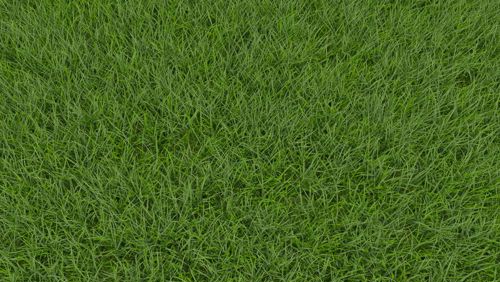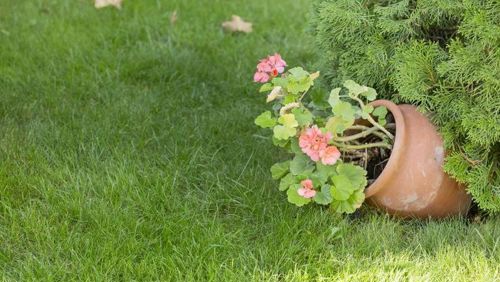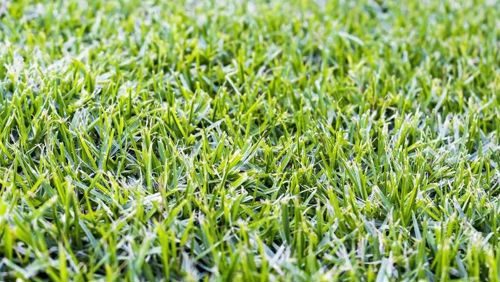Pro Tips
Try to water your lawns in the early morning, before 10am. This is the best time to water lawns, as night watering can increase the risk of fungal problems in all lawn types. However, common sense wins, if you can't water in the morning, of course water at night!
Give your lawn longer, but less frequent watering. Deeply penetrating watering that wets the soil to a considerable depth encourages deep rooting and delivers a more vigorous, higher quality turf.
Don’t give your lawn short frequent waterings. Short frequent waterings during hot weather will encourage shallow rooting of the lawn grass. This diminishes access to water and nutrients, which makes the lawn more susceptible to weed invasion, fungal diseases and pest damage.
To check if your lawn needs to be watered, tread firmly on the grass. After removing your foot, if the grass doesn't spring back and lays flat, it's an indication your grass needs to be watered. If the grass springs back, it doesn't need to be watered.
Fertilise lawns 2-3 times a year. This will produce a stronger, healthier root system which will enable lawns to survive under stressful conditions for a lot longer than a lawn that never gets fertilised.
Raise the mowing height for your lawn. An increase in mowing height encourages a deeper root system. The longer leaf also creates better shading of the soil which helps to reduce evaporation. In summer for cool season grasses, mow at 5cm and for warm season grasses mow at 2-4cm. In winter for cool season grasses, mow at 3cm and for warm season grasses only cut the weeds.
A new lawn will take up to 12 months before it's established a deep enough root system to achieve its maximum drought tolerance. Your lawn will require more watering during its first summer, to enable it to develop to its fullest drought tolerant potential.
Keep an eye out for pests. Pests like grass grub will feed on and damage your grass roots. This can appear as first wilted patches of grass and while this damage may not be immediately visible during spring and early summer, when the lawn transitions into autumn the damage will turn into obvious bare patches of dead grass. Check out Yates Lawn Grub & Porina Kill + Protect for a solution to this destructive pest.
Check for hydrophobic soils, which can develop after both high or low periods of rainfall. If an area is patchy compared to the rest of your lawn, test it by watering the area thoroughly, then dig a small hole in it. If the hole stays dry while the water seeps into the surrounding area, then it's hydrophobic. An application of gypsum will improve the soils porosity and ability to absorb moisture. This is especially important with heavy clay soils, as they often become hydrophobic in summer. Feeding with Yates Dynamic Lifter Lawn Food will help by adding organic matter and stimulating soil microbes. The improves the soils health and depth, allowing for greater moisture penetration.
Installing a rain gauge or a weather app to track past and future rain can give you some great data to plan your water usage.
Rainwater tanks and irrigation are very worthwhile upgrades if you can manage them.
Follow your local councils water restrictions whenever they occur.























Share
Share this article on social media